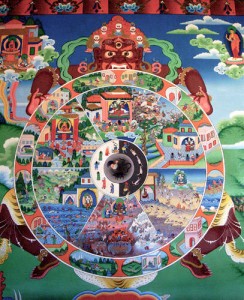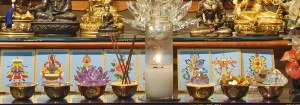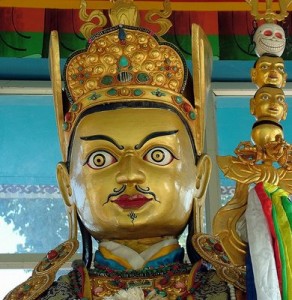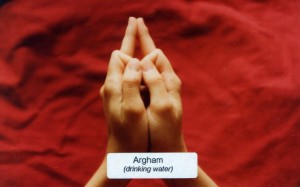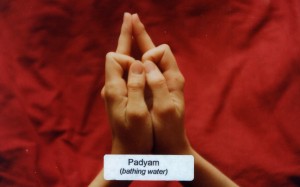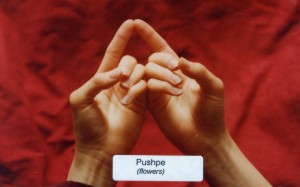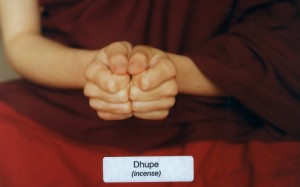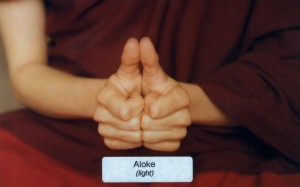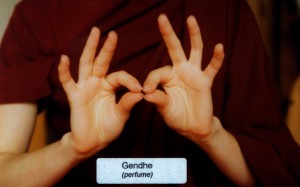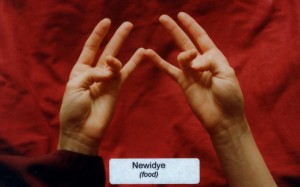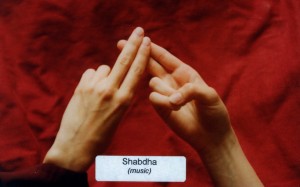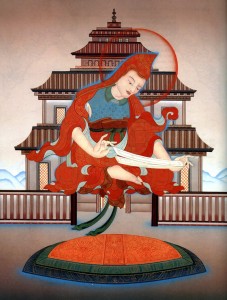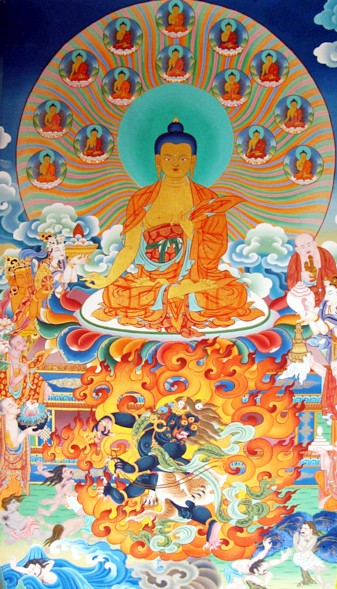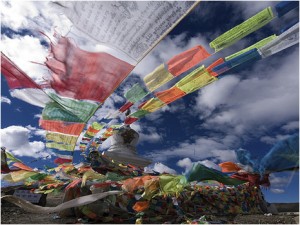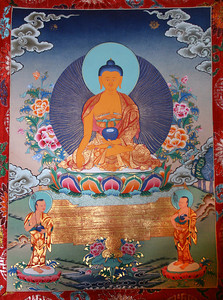The following is an excerpt from a teaching by Jetsunma Ahkon Lhamo called “AA and Buddhism”
In our teaching today, strangely enough, I’m going to talk about alcoholism and addiction; but I’m not going to talk about alcoholism and addiction in a way that specifically is meant to treat or help a person who is addicted to a substance. What I’d like to do is examine addiction, examine the idea of substance addiction or alcoholism and see how very much it actually is like the condition that we all find ourselves in in samsara. Although I myself have never been involved in the program, I know people who have and some of my best students actually have. I have been fascinated with the program that is used by Alcoholics Anonymous, the 12 Step Program, fascinated by it in that I can hardly believe the more I learn about it how completely compatible it is with the Buddha’s teaching, how completely compatible it is with Buddhist thought.
Now I can’t even say that about other religions. I myself saw His Holiness the Dalai Lama speak to the highest Episcopal bishops in the country, and heard these bishops say to His Holiness the Dalai Lama, ‘Well we’re all one religion anyway and we basically believe the same thing.’Now you must understand this is a man who is the head of a theistic religion talking to a man who is the head of a non-theistic philosophy. So, of course, His Holiness the Dalai Lama said, ‘While I appreciate that there are certain things that we hold in common, such as the wish to benefit sentient beings, the wish to act compassionately, and these are the important things that we have in common, still I must say your religion and my religion are not the same. And it betrays both of them to pretend that they are.’ Because, in fact, the heart of Buddhist philosophy is the awareness of the primordial empty state and that is not the heart of Christianity. The heart of Christianity is different than that and the way that it‘s practiced is different than that. The technology is different than that. So there are some common denominators. But I can say that far more than other religions, a program like Alcoholics Anonymous is very, very similar to Buddhism, and I find that fascinating. I’m really quite taken with that.
The reason why I want to bring this up at all is because of the way, personally, I view samsara, or the cycle of death and rebirth, and the way that I have been taught to view samsara by my teachers. Also, I’m bringing it up because of the similarity in a certain point or inner posture that one has to get to, that each one of us has to get to, in order to go further in either program. Whether it be Buddhism or Alcoholics Anonymous, there is a certain point that one has to get to. That point is the recognition of the condition. That point is the recognition of one’s state, the condition that one finds one’s self in. Now, again, I know very little about Alcoholics Anonymous, and any of you who wish to argue with me or contribute to what I’m saying are free to do so. But one thing I do understand is that generally it’s considered that an alcoholic is not help-able, is really beyond help, until they bottom out. That means they get to a point where they are just disgusted. They see that their life is really falling apart and there is literally nowhere to go other than forward or up. There is a bottom that’s reached. And many times during the history of an alcoholic, they’ll reach low points certainly, but they will not reach a point at which they bottom out. And it isn’t until they reach that point that they are help-able. They have to basically find themselves stripped down to a point where there is no other useful or beneficial or pleasant way to go. It’s just the bottom. How else can you describe the bottom? It is the bottom. And it is at that point that alcoholics are help-able, that they can begin to help themselves. Am I right, any of you guys who know about this? OK.
So from that point of view, when an alcoholic’s or an addict’s life becomes bottomed out like that, they are at the first good point they’ve been at for a long time. It may not feel like that to the alcoholic. To the alcoholic it is the most deluded and confusing time. It is the most helpless of times. It is the time in which they have almost no skills, no resources, and they are quite helpless. But it is the first time where any benefit can actually happen.
Copyright © Jetsunma Ahkon Norbu Lhamo All rights reserved

